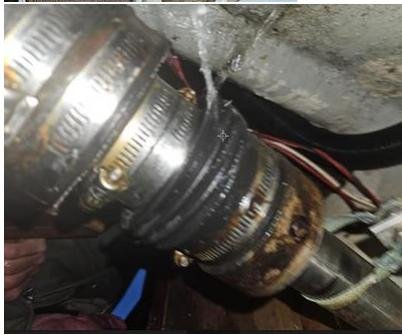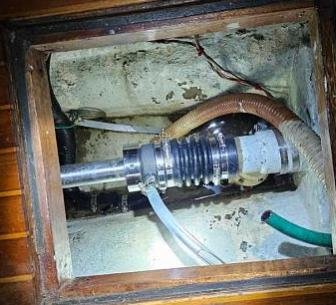JohnP
Guru
- Joined
- Dec 13, 2009
- Messages
- 1,361
- Location
- USA
- Vessel Name
- V E N T U R E
- Vessel Make
- 1996 36' Island Gypsy Classic
Boat is hauled for Winter storage, I looked over the Pss shaft seals bellows and they look very good. But I don't know how old they are? Had the boat for about six years and looking in my manual binder I see no year when the Pss shaft seals were installed. They are not leaking the hose clamps look good. If it is not broke don't fix them? Or buy the maintenance kits and install them? What if the whole thing is original from 1996 with 3000 hours? Buy whole new Pss seals and change everything? I am really leaning toward getting a pair of Buck Algonac Bronze shaft logs new and install GFO packing and just go old school. So here are the choices, Do nothing, install pss maintenance kits, install complete pss seal systems, Or go old school and Keep it Simple. With Bronze stuffing boxes.
What do you guys think?
What do you guys think?


